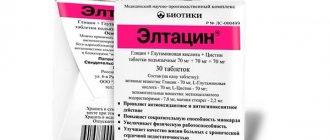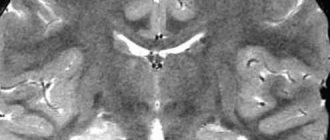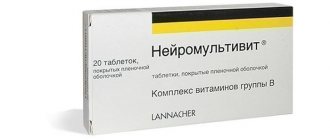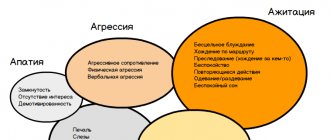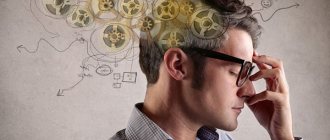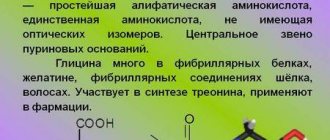There are a number of diseases and conditions in which brain cells die. To avoid this, use nootropic drugs. They improve metabolism in brain cells and also normalize the conduction of nerve impulses. Such drugs should be used only as part of complex therapy, since individually they do not bring much improvement. This group includes Cortexin and Picamilon. Patients are interested in which drug is more effective? To do this, you need to consider the features of both tools.
When do you need Phenibut and Glycine?
Phenibut and Gycin are absolutely compatible drugs, which official medicine recommends taking in a simultaneous course if it is necessary to increase physical strength and improve brain function. These tablets have a sedative effect, but moderate in combination with an activating effect.
What is best for children and adults
When figuring out which is better for adults and children - Glycine or Phenibut, you need to take into account the features of these two drugs:
- tablets have identical effects;
- the drugs belong to different groups of medications;
- both drugs effectively relieve emotional stress;
- Phenibut especially helps with unreasonable fears and anxiety;
- Glycine is a natural amino acid and has a pronounced sedative effect;
- Phenibut has a tranquilizing and nootropic effect;
- Glycine improves mental abilities, prevents the progression of depression, and stimulates blood circulation in the brain.

Neurologists recommend taking these two drugs simultaneously, because in this case the body will have a more pronounced effect. The only thing that experts warn about is that Phenibut is strictly forbidden to be taken during pregnancy; in this state it is better to give preference to Glycine.
The choice of what is best to take should be made only together with your doctor. The fact is that Phenibut has an almost instantaneous effect, the effect will be visible immediately. But this same drug has many side effects, while Glycine acts longer and has virtually no contraindications.
We recommend reading about why you take Glycine before bed. From the article you will learn about the indications and contraindications for taking Glycine before bed, how many tablets you can take at a time, when and how to take it, and what to replace the drug with. And here is more information about how to take Glycine for hypotensive patients.
What is the difference
The difference between Phenibut and Glycine lies in their effect on the body. Phenibut:
- stimulates brain activity;
- has anti-anxiety, hypnotic and anticonvulsant (very mild) effects;
- increases the speed of blood flow in the vessels of the brain;
- prevents blockage of large vessels by blood clots.
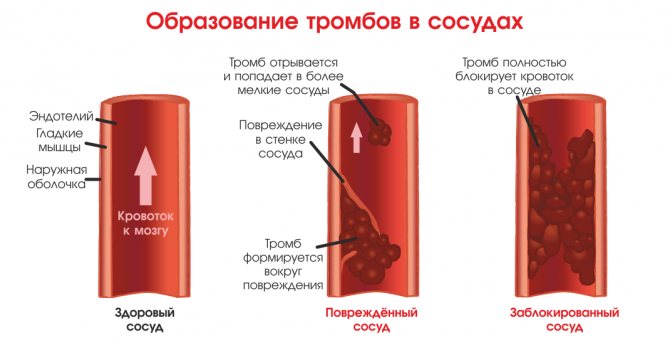
Glycine has several other properties:
- binds to specific cellular structures, but exclusively selectively;
- strengthens nerve cells, making them maximally resistant to negative influences;
- has sedative and antidepressant effects;
- suppresses the activity of individual cells, which leads to rapid recovery of nerve mediators after a stroke or heart attack.
Differences in indications
In addition, there is a difference between the medical indications for taking these two drugs.
| Phenibut | Glycine |
| unmotivated fears, anxiety | stress, problems with psycho-emotional background |
| excessive nervous excitability, exhaustion of the nervous system | chronic irritation for any reason, increased nervous excitability |
| problems with urination – enuresis in childhood (incontinence), urinary retention due to pathologies of the spinal cord | decreased concentration and mental performance |
| dizziness, nausea, unsteadiness of gait, vomiting and other problems in the functioning of the vestibular apparatus | chronic alcoholism, state of withdrawal from binge drinking (absistence syndrome) |
| open-angle glaucoma, occurring with a persistent increase in intraocular pressure | acute period of ischemic stroke |
| unstable mental state due to chronic alcoholism | consequences of traumatic brain injuries (recovery period) |
| stuttering and nervous tics in childhood |
Difference in contraindications
There is a difference in contraindications to the use of tablets:
| Phenibut | Glycine |
| drug intolerance | allergy to the components of the drug |
| period of pregnancy and breastfeeding | lactation period (breastfeeding) |
| gastric ulcer, severe liver pathologies | low blood pressure |
The main difference between Phenibut and Glycine is that the first is persistently addictive with a long course of use, the second does not have this property even when used regularly in monthly courses.
Price
The cost of the drugs is quite affordable and practically does not differ:
- Phenibut tablets 250 mg (10 pieces) – about 70 rubles;
- Glycine tablets 100 mg (50 pieces) – maximum 40 rubles;
- Phenibut tablets 250 mg (20 pieces) – no more than 190 rubles;
- Glycine tablets 600 mg (20 pieces) – maximum 70 rubles.
Picamilon
The active ingredient is nicotinol gamma-aminobutyric acid . Available in the form of tablets and injection solution. Belongs to the group of nootropic drugs.
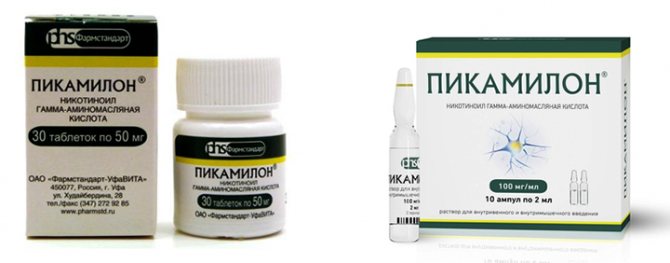
The drug significantly improves cerebral circulation and also reduces vascular resistance. It also increases the speed of blood flow. Acts as a tranquilizer and psychostimulant.
When using tablets and solution, the product is quickly absorbed. Bioavailability is 50-80% . It stays in the body for a long time. It is excreted primarily by the kidneys.
Picamilon is prescribed for:
- Migraine and open glaucoma.
- Asthenia, depressive states, emotional lability in elderly people.
- Vegetovascular dystonia.
- Alcoholism, in the form of tablets.
- Cerebral circulation disorders.
- Urological diseases.
- Acoustic neuritis.
It is not recommended for use in the following patient groups:
- Children under 3 years old.
- Pregnant and lactating women.
- Patients with severe kidney disease.
- Patients who have an allergic reaction to the components of the medication.
In tablets, the daily dosage is 60-150 mg , distributed over 2-3 doses. The duration of administration and the specific dosage are determined individually for each patient.
The injection solution is administered intramuscularly or intravenously. The dosage is determined individually.
When should you take Phenibut and Glycine at the same time?
At the same time, Phenibut and Glycine are taken for neurological disorders, because in this case Glycine cannot independently cope with pathologies of the vestibular apparatus and increased intraocular pressure. This combination of therapy is also justified in childhood - for example, if a child is bothered by nervous tics against the background of experienced fear and the presence of anxiety “in the soul.”
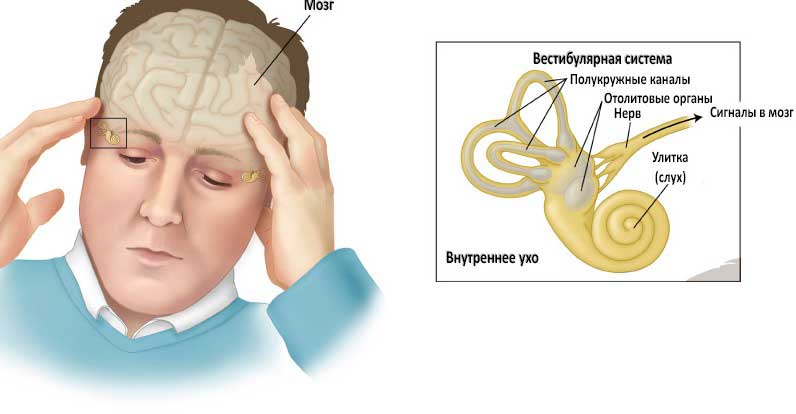
Indications for use of Betagistine
Practicing medical specialists prescribe medicine to their patients in cases where they are diagnosed with the following diseases:
- Dizziness of the vestibular apparatus of any origin. This product is used not only for specialized treatment, but also for preventive purposes;
- Symptoms include dizziness, tinnitus, rapidly developing hearing loss, nausea, vomiting;
- Meniere's syndrome and disease, manifested in disorders of the vestibular and auditory apparatus, have not previously been observed in humans. It can develop as an acute stroke. Very often, from taking Betahistine, the following relapse of this disease is observed.
Phenibut and Glycine: compatibility, effect together
The compatibility of Phenibut and Glycine is unconditional; together they have the following effects:
- increases physical strength and endurance;
- the psycho-emotional background is stabilized;
- the work of the vestibular apparatus is corrected;
- excitement and attacks of aggression are relieved;
- memory improves, concentration increases;
- sleep is normalized.
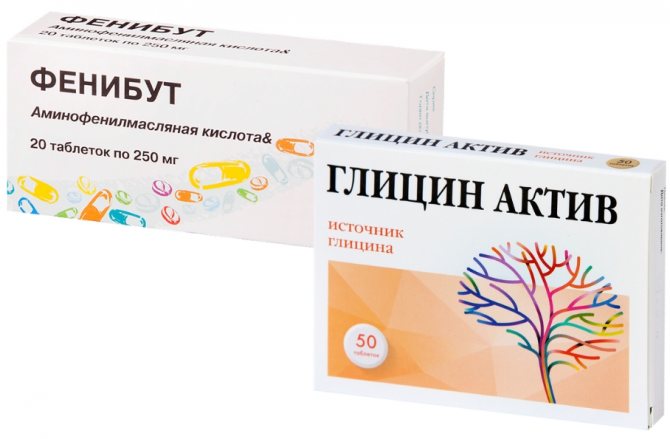
If drugs are taken during the recovery period after strokes and traumatic brain injuries, then the patient’s rehabilitation proceeds much faster - simple skills such as speech and self-care are restored.
Contraindications to the combination of Phenibut plus Glycine
The combination of Phenibut plus Glycine is strictly contraindicated for:
- excessive sensitivity or individual intolerance to at least one of the components of the drugs;
- period of breastfeeding;
- pregnancy in any trimester (Phenibut is strictly contraindicated during this period; you can and should limit yourself to Glycine).
Conditional contraindications to such complex therapy include: low blood pressure, gastric ulcer, erosive lesions of the duodenal mucosa. If you have a history of such pathologies, you need to consult with your doctor about the advisability of taking both drugs.
Conclusion
Thus, it is impossible to say unambiguously which drug is more effective. Picamilon has a wider spectrum of action, but is only allowed for children over 3 years of age. Cortexin has a minimal number of side effects, contraindications, and is also approved for children from birth. However, it has not been studied enough.
The cost of drugs varies significantly and based on financial capabilities, it is better to choose Picamilon. This will save you a lot of money. Cortexin is recommended for the treatment of children. In any case, the drug must be prescribed by a doctor individually for the patient, since each of them is used only as part of complex therapy.
Possible complications from simultaneous use of Phenibut and Glycine in adults and children
The simultaneous use of Phenibut and Glycine in adults and children can cause complications:
- severe nausea, rarely ending in vomiting and not dependent on food intake;
- excessive sleepiness;
- anxiety states without reasons for their development;
- excessive nervous excitability.

The listed side effects are typical for Phenibut, but both drugs most often develop as a complication - allergies (small skin rashes, itching, swelling of soft tissues, active sneezing, lacrimation).
Instructions for use
Method and dosage of tablets
Betahistine is not one of the medications freely sold through the domestic pharmacy chain. To purchase them, you must have a prescription from your doctor. The medicine must be taken only according to the regimen recommended by a specialist.
For persistent dizziness, Betahistine should be taken during meals or after meals. A single dose of the drug in the first days can be 8 or 16 milligrams three times a day.
The admission standards are as follows:
- The drug is 8 milligrams - 1-2 tablets three times every 24 hours:
- The drug is 16 milligrams - half a tablet three times every 24 hours;
- The drug is 24 milligrams - take one tablet twice every 24 hours.
The dose of the drug to maintain normal condition ranges from 24 to 48 milligrams per day. The dose is prescribed by the doctor. But in no case should you take more than 48 milligrams of Betahistine. The norm may be adjusted. This is due to the individual condition of the patient. Improvement in the patient's condition occurs already at the beginning of the course of treatment, and a stable effect in treatment occurs 2 weeks after the start of the therapeutic course and increases over the next few months.
Not every case will improve immediately. For some people, it may not appear until several weeks after starting treatment with this medication. For patients diagnosed with renal, liver or heart failure, Betahistine can be prescribed only after the patient has passed all the necessary examinations.
Elderly patients should take Betahistine tablets with special caution. This is due to the fact that such patients very often experience negative reactions of the body to those substances that are part of this medication after taking the drug.
Duration and storage conditions of the drug
It is recommended to take this drug in any form only for 2 years from the date of its manufacture, which is stamped on the original factory packaging. After this period, the drug must be disposed of. Otherwise, if you take it beyond the expiration date, negative effects may occur in the condition of the entire body.
Betahistine should be stored at a temperature equal to room temperature, but not higher than +25C Celsius. Storage areas must be moisture and heat insulated. This medication should be stored in a tightly sealed container. Betagistamine storage areas should not be accessible to children.
Reception scheme
You should not change the medication if the expected therapeutic effect does not occur immediately. It can gradually increase in some cases over several months from the start of the treatment course. Betahistine should be used very carefully when prescribed to patients who suffer from stomach ulcers or duodenal ulcers, as well as bronchial asthma.
Betahistine for children
Children under eighteen years of age are not prescribed.
During pregnancy and lactation
Not prescribed during pregnancy and breastfeeding
Overdose
There have been no cases of overdose of Betahistine. Some patients who take more than the prescribed dose may experience mild symptoms such as:
- Headache;
- Nausea;
- Drowsiness;
- Abdominal pain.
Such phenomena may occur if the patient took the drug in an amount of 640 milliliters.
Even with an overdose of Betahistine, vomiting may occur, a depressed state and loss of coordination in movements may appear. Convulsions in the lower and upper extremities are also possible.
If a patient deliberately takes an increased dose of a medication, combining it with other medications, this can lead to complications in the vascular-cardiac system. But this is not fatal. In these cases, it is recommended to rinse the stomach for one hour after using an increased dose of the medicine.
Drug analogues
Glycine and Phenibut have a fairly mild effect on the human body; they can be replaced by the more active/effective Afobazol and Piracetam. The first is identical in action to Glycine - it calms, relieves anxiety, increases performance, improves concentration and memory.
Piracetam is a direct analogue of Phenibut, it is a nootropic and psychostimulant, it has a positive effect on the nervous system, improves blood circulation in the brain, which ensures a complete supply of oxygen to its cells.
Afobazole and Piracetam have many more side effects, and they are not used in pediatric practice.
We recommend reading about the benefits of Glycine Forte. From the article you will learn about the characteristics of the drug, instructions for use, side effects, differences from regular Glycine. And here is more information about what the drug Glycine-Bio is for.
Glycine and Phenibut are drugs that have a beneficial effect on the nervous system and can be used together. This therapy is considered safe even in childhood, but in any case it is prescribed only by a doctor.
Means for improving cerebral circulation Pharmstandard Picamilon - review
The child has had mental retardation and several associated diagnoses since he was three years old. There are speech problems that we have been treating for two and a half years. We took
Picamilon The neurologist started with light medications. In general, all therapy consists of trial and error. Immediately at the first appointment, the doctor said that there are many reasons for the delay (heredity, hypoxia, trauma during childbirth, etc.) and methods of treatment, so we will try and look at the results.
Now I can say that there are results from the treatment. There is our drug that gives us a boost that remains even after taking it. But this is not Picamilon.
In addition, we are trying new drugs in combination with Cortexin, which helps the child.
buy Picamilon at any pharmacy.
The price of 30 tablets of 20 mg is only 66 rubles . The rest of our funds cost much more.
The packaging of the tablets is small. The jar is in the box along with instructions.
Compound:
The jar is very small, like the tablets themselves, just crumbs.
The lid unscrews easily.
taste . Which was to our advantage, since we had to dissolve it. It’s quite easy to swallow them even whole, my child just doesn’t know how, he can chew them at most and then just swallow them.
Regimen for taking Picamilon for gastric cancer.
All appointments were made by a neurologist, and before each appointment we did an EEG. Before the first appointment, we consulted with an audiologist, and also did an EEG and ECHO-EG.
We started with a diagnosis of delayed speech development.
Our first drugs were Pantogam (0.5 tablets 2 times a day for one month) and Tenoten for children (1 tablet 2 times a day).
At the second appointment, Resudial encephalopathy was added to the ZRR.
The second course of drugs consisted of Cortexin (10 injections) and Picamilon.
At the time of appointment, the child was 3.5 years old.
Reception experience.
At first it was difficult with Picamilon, the tablets are small and it’s simply unrealistic to give half a piece; cutting is possible, but difficult. The second problem is that the child does not take pills (only diluted) and I had to dilute the pill and divide the liquid into two portions.
The result of taking Picamilon for cervical cancer.
Our result was from the Cortexin and Picamilon complex. And if after the first complex we had a short-term result and progress stopped after we finished taking Pantogam and Tenoten. Then after Cortexin + Picamilon there was progress, and it continued even after the end of the treatment.
Cortexin is doing a great job in improving our situation with ZRR. We have already injected him with three courses and are now waiting for the situation with Coronavirus to improve so that we can inject him with a fourth course.
At first it seemed to me that Picamilon was needed. Since it calmed the child a little, and Cortexin invigorated and they seemed to balance each other’s effects.
But then we were prescribed Cortexin + Mexidol. We did not take Mexidol and the child calmly took Cortexin alone and did not become more violent than usual.
That is, there was no special effect.
There is a slight calming effect that did not make the child sleepy or unresponsive. He simply accepted the hardships of his difficult life more calmly when something did not go the way he wanted. That's all.
There were no side effects.
Eventually:
I don’t quite understand the drug, it seems to have an effect. Not cumulative, because after the end of the treatment, receptivity and an inadequate (slightly) reaction to some events returned, as well as moodiness. The drug smoothed out excessive emotionality.
He had no influence on ZRR. But as far as correcting behavior, which often suffers from mental retardation, was not bad.
However, we only had an emotion smoothing effect. In his usual state, he reacts violently to both bad and good.
As long as you take nootropics, they help him cope with his emotions.
Reviews of other drugs of our therapy:
Levocarnitine;
Cogitum;
Tenoten.
Source: https://irecommend.ru/content/opyt-priema-pikamilon-pri-zrr-u-rebenka-tsena-rezultat-skhema-raspisannaya-vrachom
